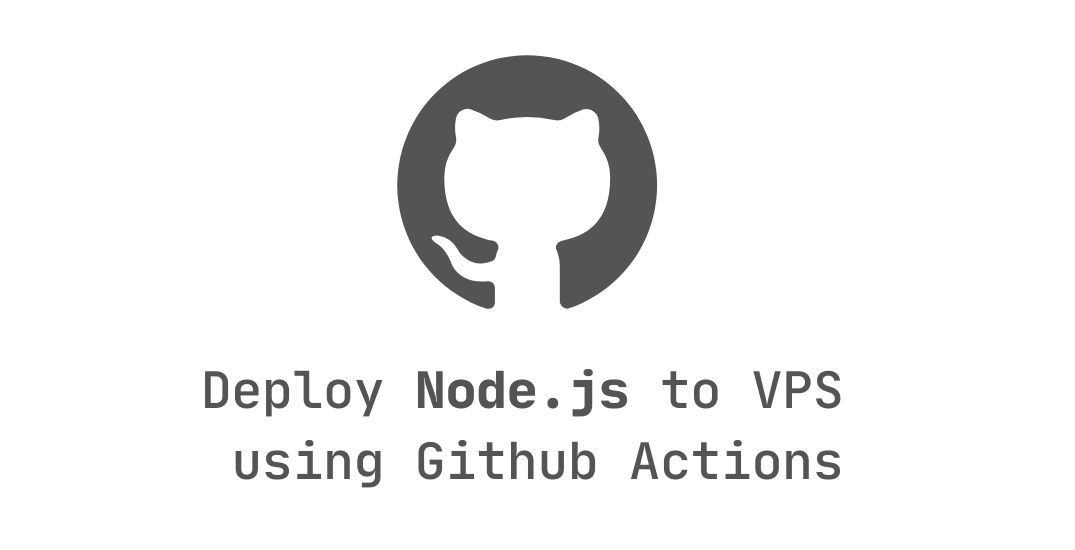First, copy the config plugin from this repo: https://github.com/gaishimo/eas-widget-example
You can reference my PRs there too (which, at the time of writing, aren't merged).
After adding the config plugin (see app.json) with your dev team ID, as well as a bundle ID, you can edit the widget folder to edit your code. Then npx expo run:ios (or npx expo run:android).
After npx expo run:ios, open the ios folder, and open the file that ends in .xcworkspace in XCode. Make sure you have the latest macOS and XCode versions. If you don't, everything will break.
| [ | |
| { | |
| "code": "AED", | |
| "name": "UAE Dirham", | |
| "country": "United Arab Emirates", | |
| "countryCode": "AE", | |
| "flag": "data:image/png;base64,iVBORw0KGgoAAAANSUhEUgAAACAAAAAgCAYAAABzenr0AAAACXBIWXMAAAsTAAALEwEAmpwYAAAAIGNIUk0AAHolAACAgwAA+f8AAIDpAAB1MAAA6mAAADqYAAAXb5JfxUYAAAG5SURBVHja7JdLihRBEEBfVqUU6rQNggiCFxA8gswFRNy49gAeQdx4G8HbuHDvRkRUnKxPZ2dGhous6Y9TtavPZmITtYggXsWPSKOqrCkFK8stgAFKoOr1kiKAt8CD76/f/KYYj//u7bPpU28Mn199eGiBLabg7uWLUePLp08mB/j66xvA1gKVSkK9J/29guuxNCZrVX60905qZlD0xvd5XbPvmN22uo+XCFDZXI2Idjt0txuk9TFM+ve7Yk9MAkAPIKSuI3XdoEMX/aQAd4qSfYpHAI0RbVt0FGA/KYAtyvMMaBTUObRpBh2a0E3cgspewkkJQkDqGm3bQfNPL9/PtIQ+cmjC5OqbTaj9qppRcglCAFej3h9H8P9xnBUgCtRNBllYDj0QmxbWAkgxggiktFjg60PosAeMJnQtAIkRq7poBlIfK5cgRBQdzYC1dtLgVVVRluUJgEQo7XH0RminlBDCKUDK99AIwByXs4gcb0JJafaFc7aCjTlktQBIqpiVAPIYas5AcXEx6LCRzaxjKAn4465GjZ1zs13GBngMPAceLbyFfwJfTP8m2PR6SfGAM7eP07UB/g0Aw73uXdMbeJMAAAAASUVORK5CYII=" | |
| }, | |
| { | |
| "code": "AFN", |
| ***Simple and stripped down version of this post: https://www.coderrocketfuel.com/article/how-to-deploy-a-next-js-website-to-a-digital-ocean-server *** | |
| 1. Create a New Droplet On DigitalOcean | |
| a) In the first section, select the Ubuntu operating system for your server | |
| b) In the "Authentication" section, make sure the "Password" option is selected and enter a strong root password for your server. | |
| 2. Access Server Using Root | |
| a) ssh root@server_ip_address (connect to server from terminal) | |
| 3. Add user (OPTIONAL) |
I liked the way Grokking the coding interview organized problems into learnable patterns. However, the course is expensive and the majority of the time the problems are copy-pasted from leetcode. As the explanations on leetcode are usually just as good, the course really boils down to being a glorified curated list of leetcode problems.
So below I made a list of leetcode problems that are as close to grokking problems as possible.
Code is clean if it can be understood easily – by everyone on the team. Clean code can be read and enhanced by a developer other than its original author. With understandability comes readability, changeability, extensibility and maintainability.
- Follow standard conventions.
- Keep it simple stupid. Simpler is always better. Reduce complexity as much as possible.
- Boy scout rule. Leave the campground cleaner than you found it.
- Always find root cause. Always look for the root cause of a problem.
